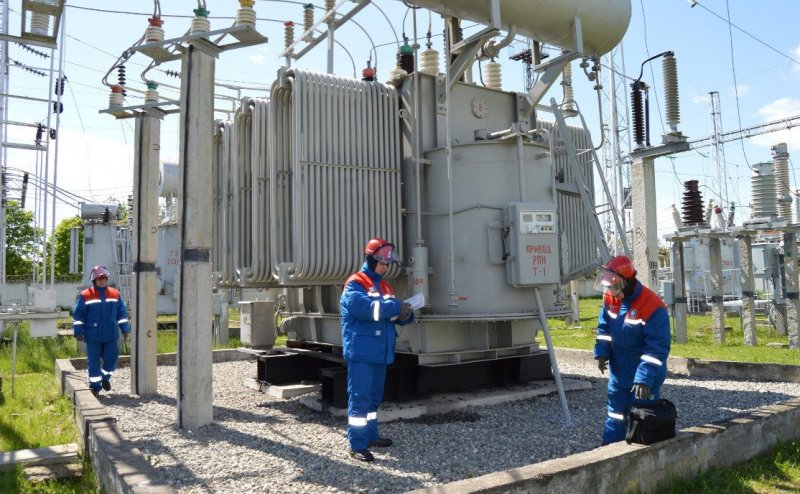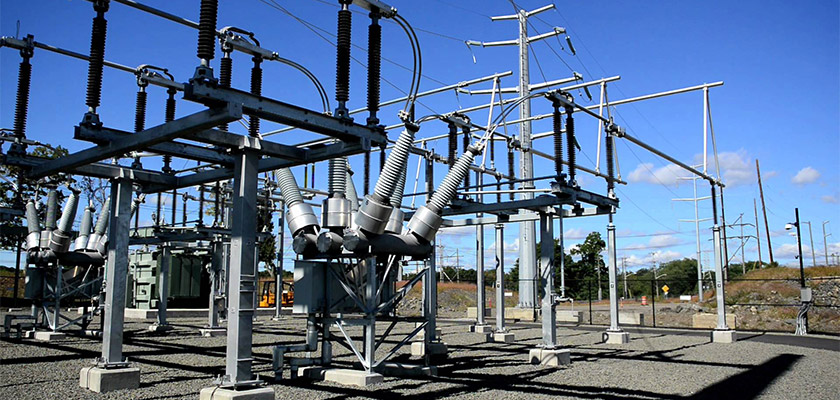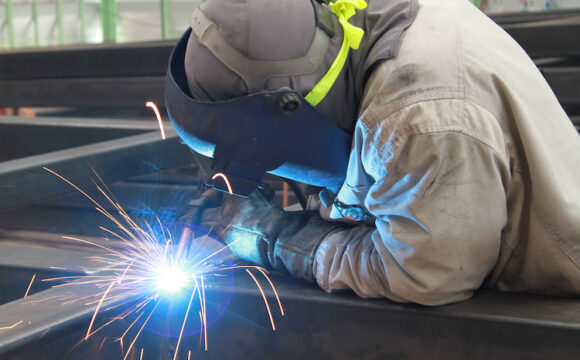The requirements of a transformer may change on the basis of the application and the load. You need to consider many factors to make sure that the unit you have selected meets the main requirements. Consider the load type, primary voltage, and secondary voltage. Other facts are the frequency in Hz, phase, kilovolt ampere (kVA) load etc. Another factor is whether the transformer will be installed indoors or outdoors. It begins with asking the right questions. These are the questions you should ask before buying a substation transformer.
The answers to the following questions will further guide you to select a substation transformer. Ensure to ask:
- Does the unit has sufficient capacity to handle the load?
- Can the capacity of the unit be increased to keep up with the probable load increase?
- What is the life expectancy of the unit?
- What are the initial, operational, installation, and maintenance cost involved?
The requirements of a transformer can change on the basis of the application. For instance, wind energy where the output differs significantly at different times. Transformers must have the capacity to tolerate the surges with no kind of failure. Another instance to consider is a utility substation. This is where transformer reliability makes the difference between a neighborhood lit with power and the one in the dark. When it comes to steel industries, transformer needs huge loads of uninterrupted power for extreme metallurgical and various other processes involved, hence, this particular case needs a particular kind of transformer that tend to bring down the copper losses.

The questions listed below will help in deciding which transformer is best for a particular application:
- What is the primary voltage of the transformer?
- What secondary voltage is needed by the load equipment?
- What is the frequency in Hertz and phase for primary and secondary voltage?
- What is the current kVA load?
- How this load may increase in the future?
- Can the transformer be used indoors or outdoors?
- Would the transformer be installed on the floor or wall mounted?
- Would you need an autotransformer or a double wound transformer?
Liquid filled versus dry type
There are two types of transformers: liquid filled and dry type. Liquid filled are deemed efficient, has greater capacity and durable. They reduce the hot spot coil temperatures but have a greater chance of flammability than the dry type. The latter is available in enclosures or sealed. They are insulated with varnish, VPI varnish, cast resin, or epoxy. This insulation gives dielectric strength and capacity to tolerate thermal limits.









